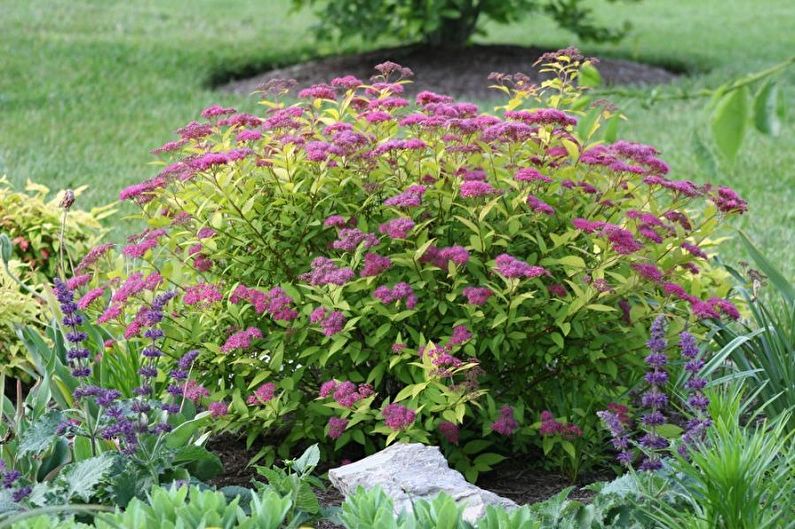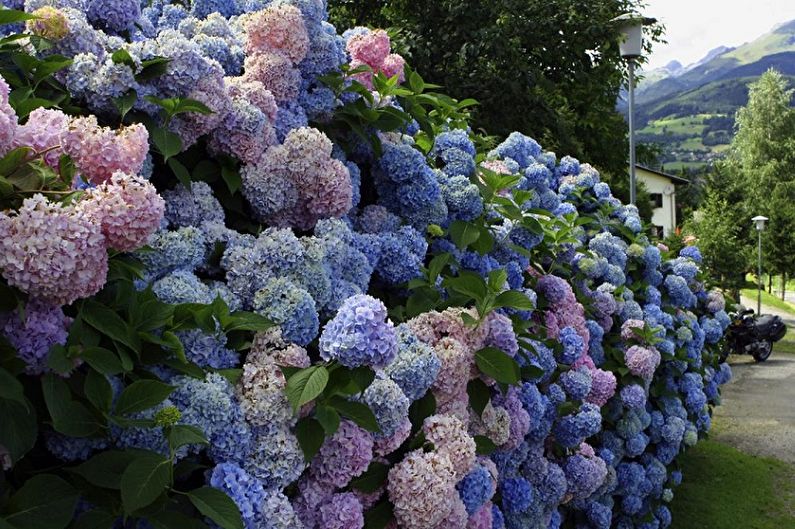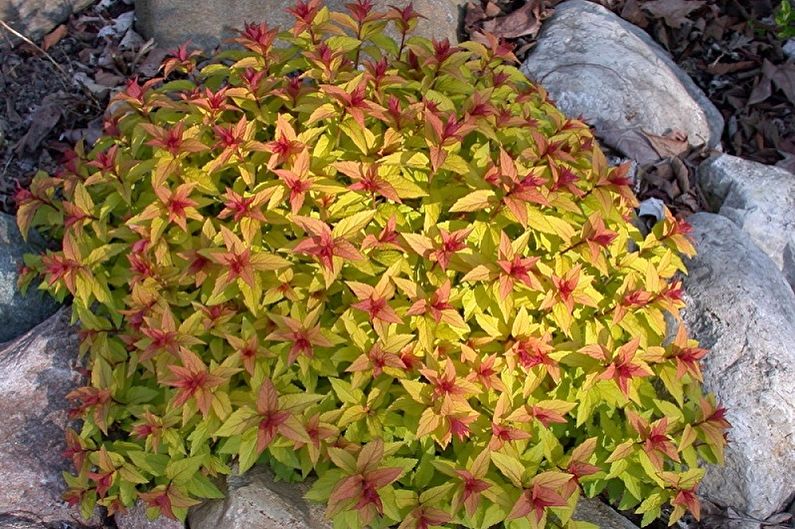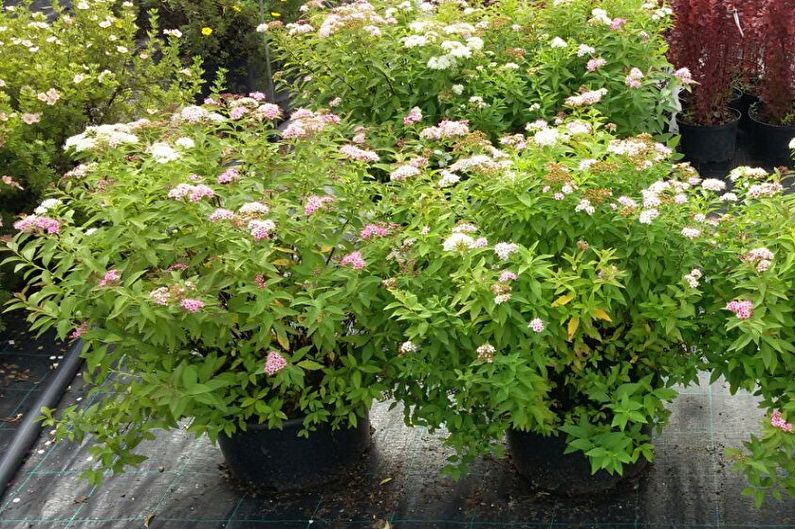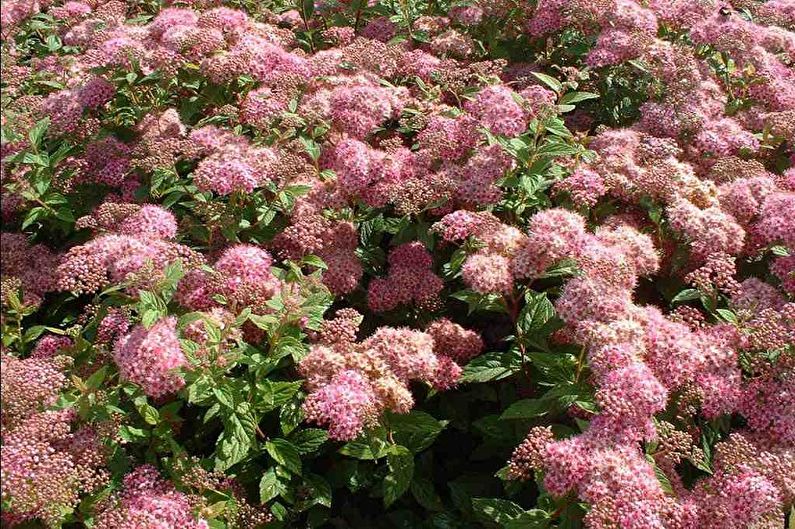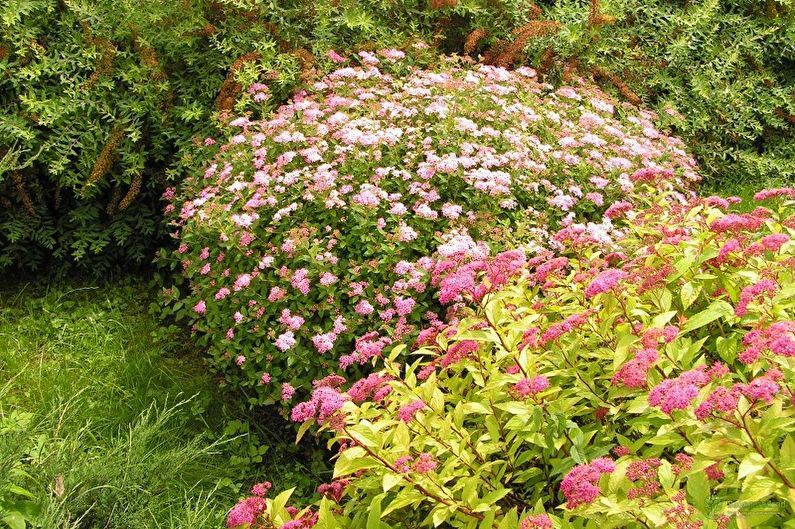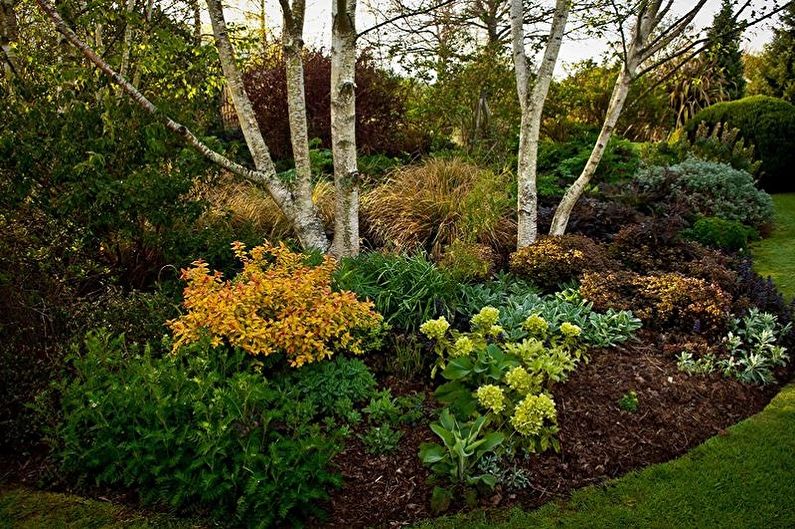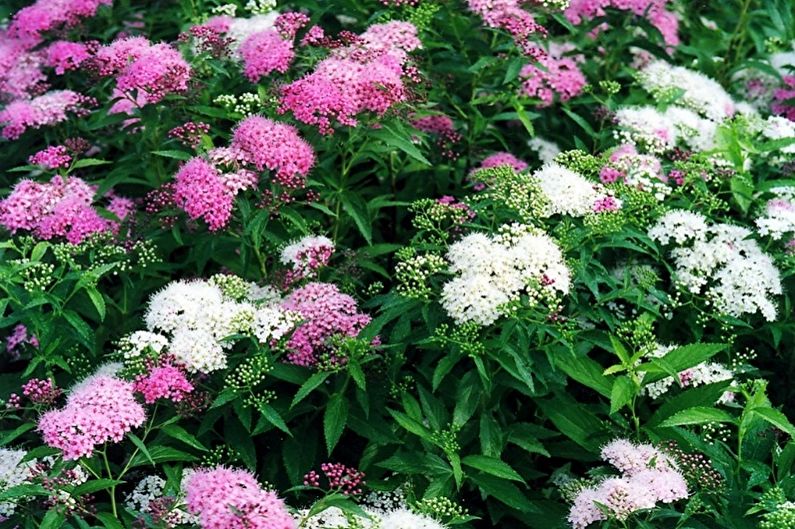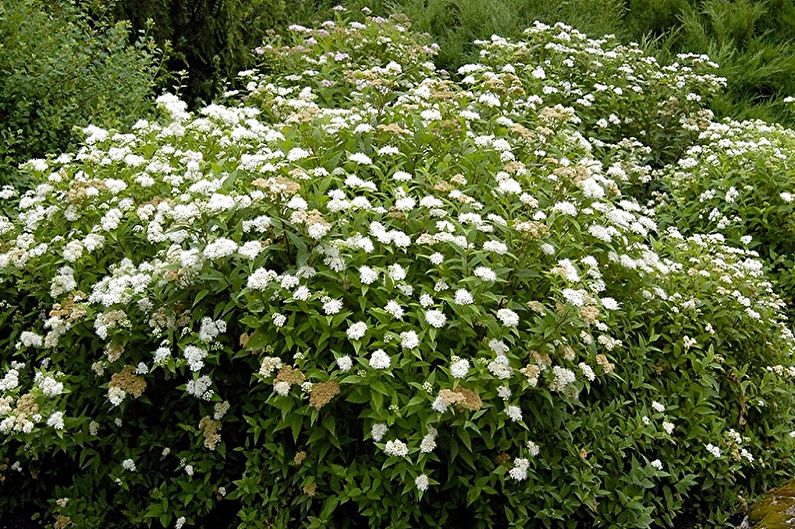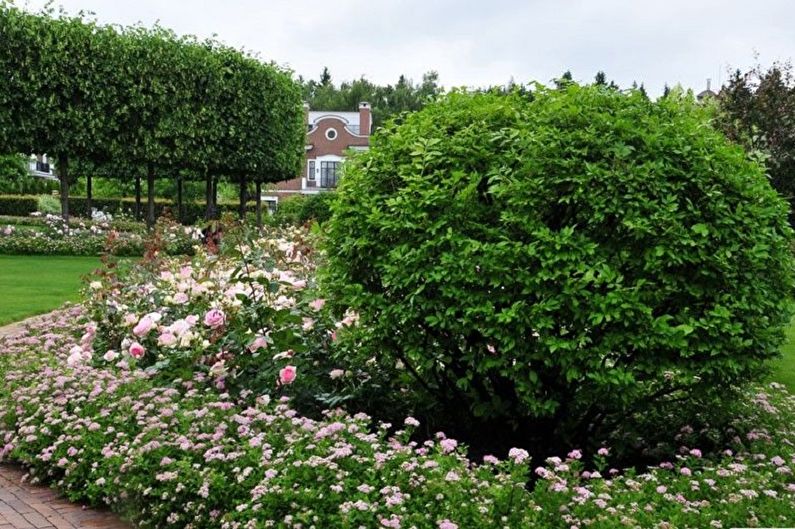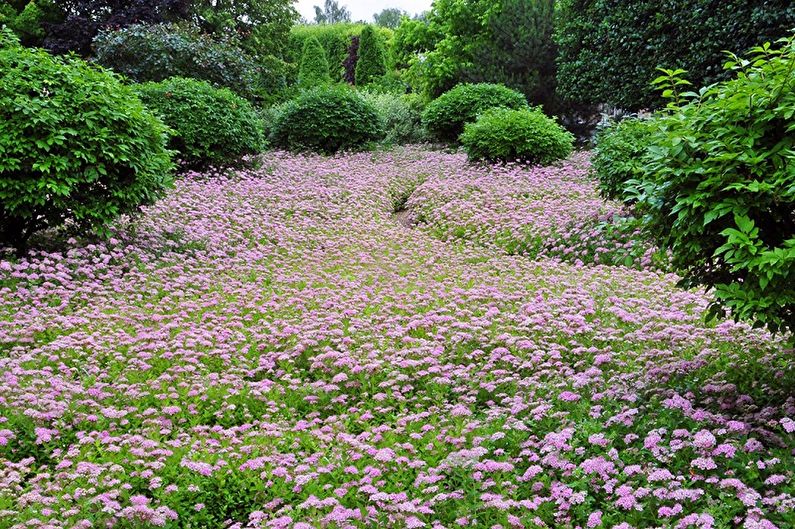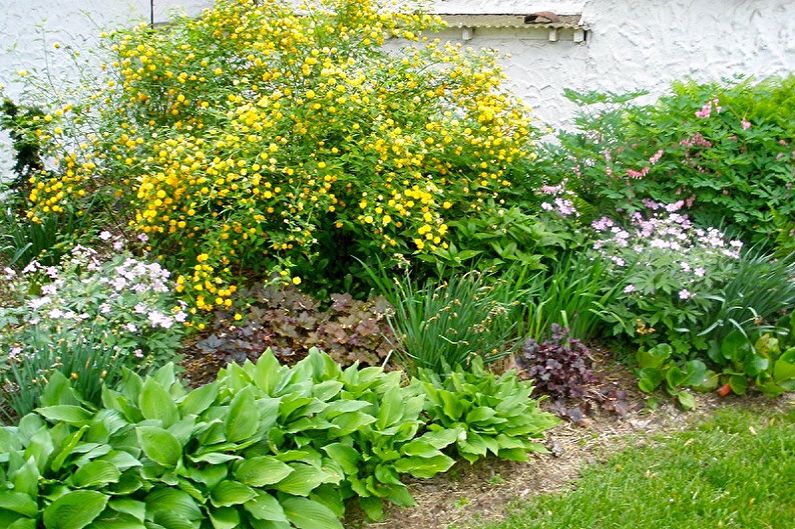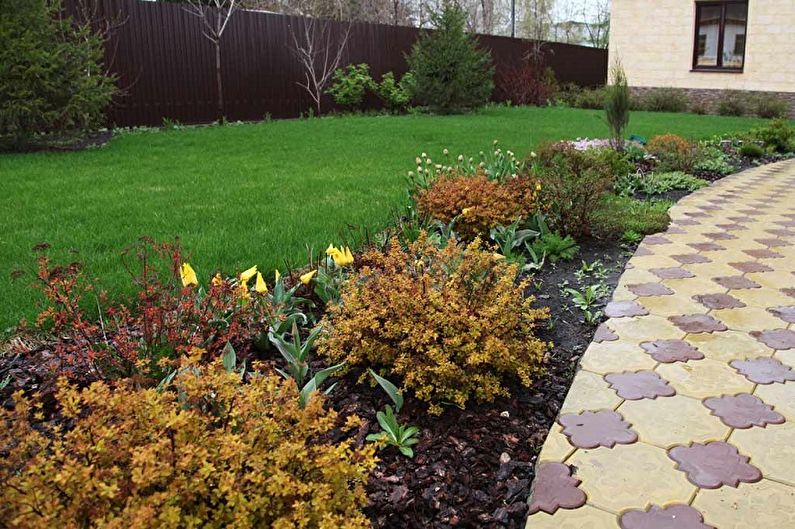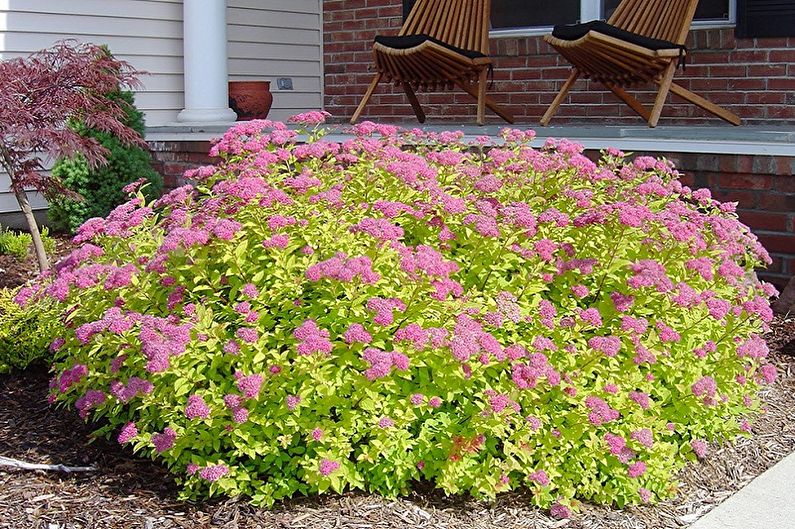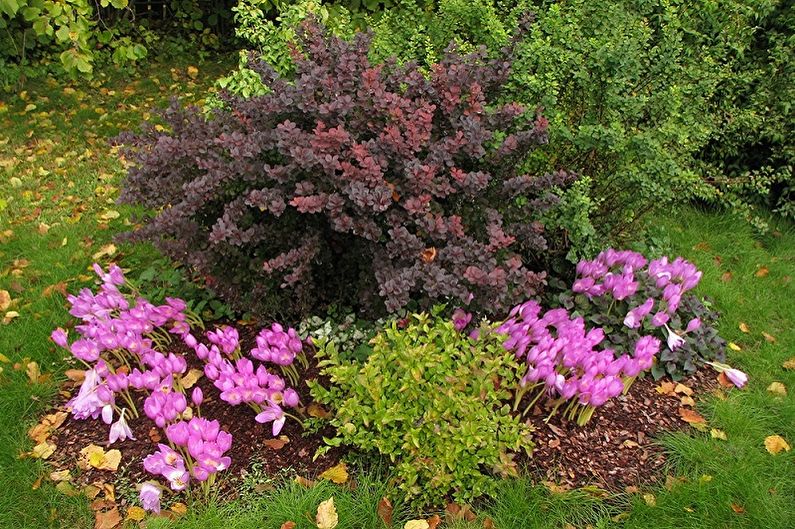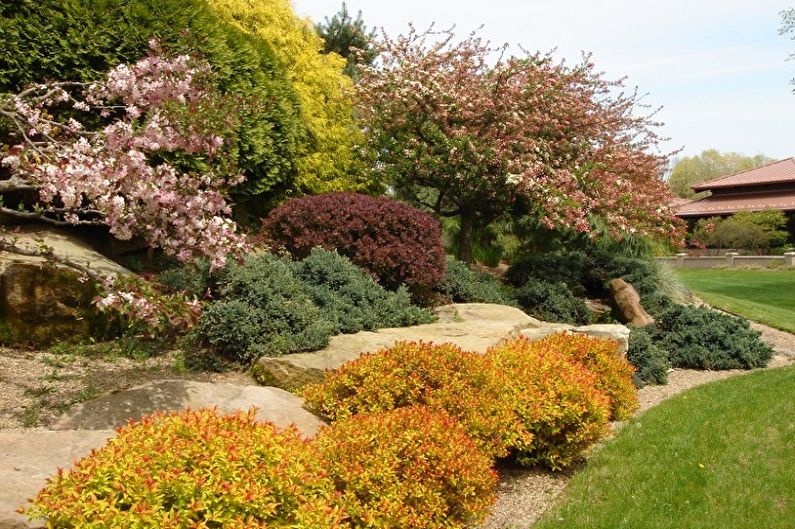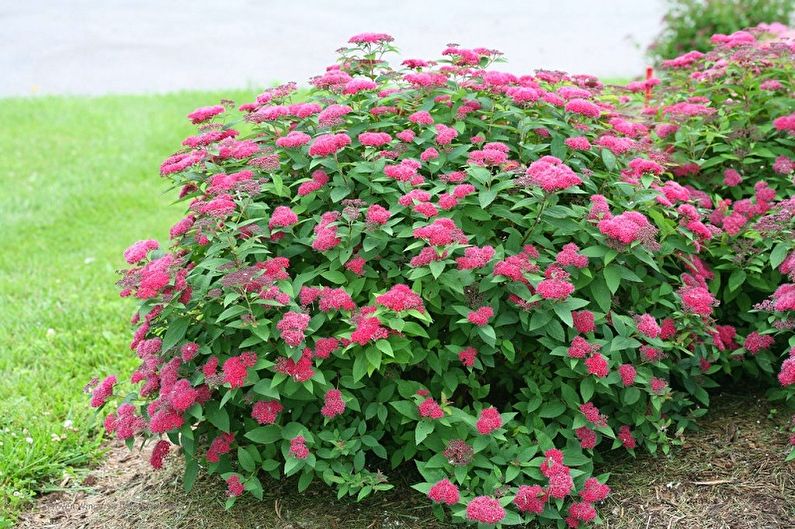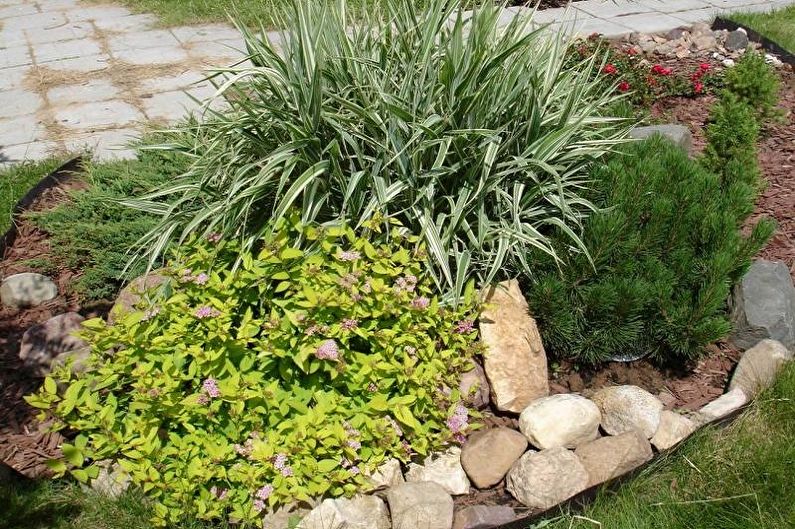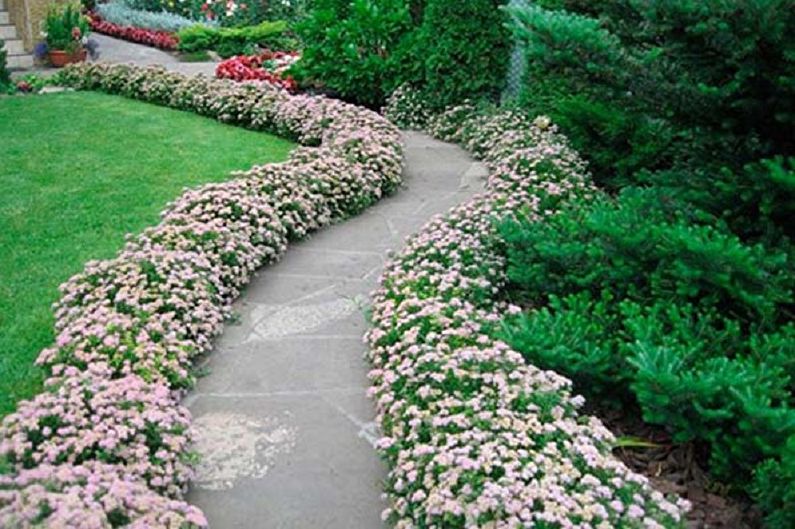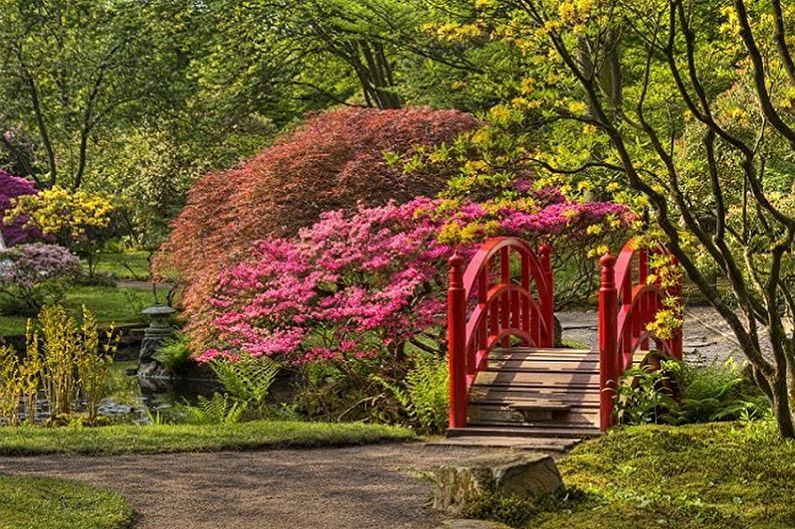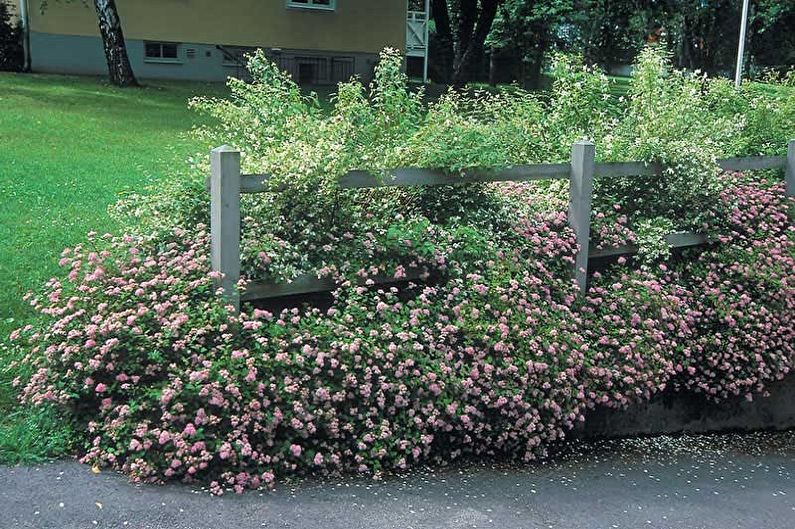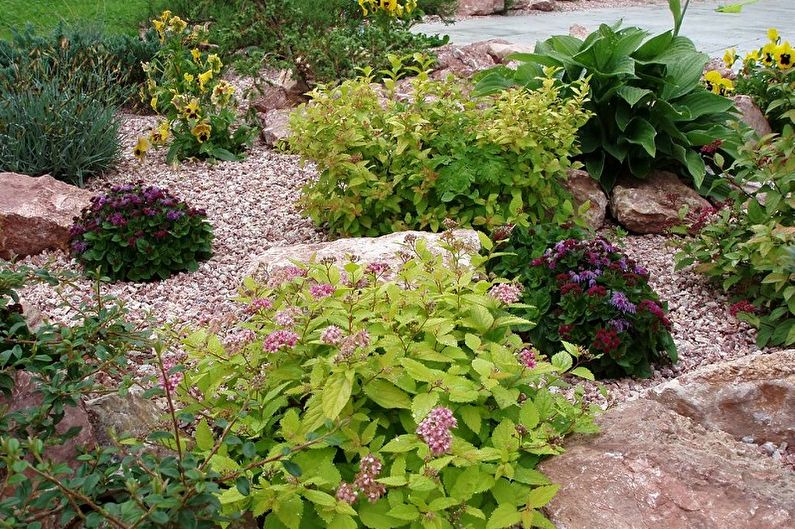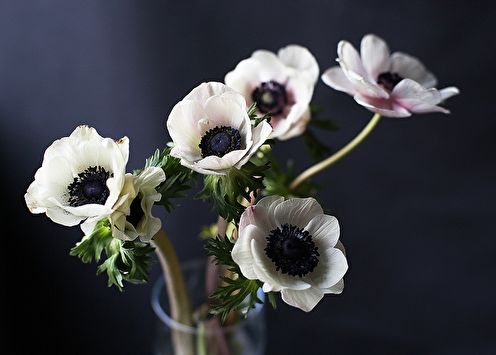
The decorative properties of Japanese spirea with its diversity make it possible to complement any style of landscape design with these bushes. The name of the plant in Greek means “spiral” - its branches, in most cases, gracefully bend, forming fluffy forms. Low-growing varieties are often adorned with artificial alpine hills and rockeries; individual specimens are complemented by ensembles with flowering barberries, hydrangeas or conifers. Next, we will find out what types of this glorious culture are most often planted by the owners of the sites, how to care and propagate the plant.
The main types of Japanese spirea
All the natural diversity of Japanese spirea shrubs has about a hundred species and many varieties that are amazing in their beauty. Each of them differs in height, shape, color of foliage and buds. Distinguish between spring-flowering and summer-flowering crops. The first release a lush white color in May (Spirea Wangutta, Nipponskaya). Shrubs, the flowering period of which occurs in the summertime, are represented more often in the pink color palette (Shirobana, Little Princesses, etc.). Consider the main types that gardeners prefer to grow on their farm.
Golden Princesses
This species belongs to dwarf shrubs, since its height does not exceed half a meter. It has excellent appearance due to bright yellow pointed leaves and pink flowers. Its peculiarity lies in the ability of foliage to change shades at different times of the year, acquiring soft, warm or even cold tones.

Little princesses
The plant often plays the role of hedges on personal plots. Its low bushes of compact rounded shape attract attention with dark green foliage, against which pale pink flowers are full. This variety is considered one of the most beautiful - even one copy of it will become a real decoration of the garden.
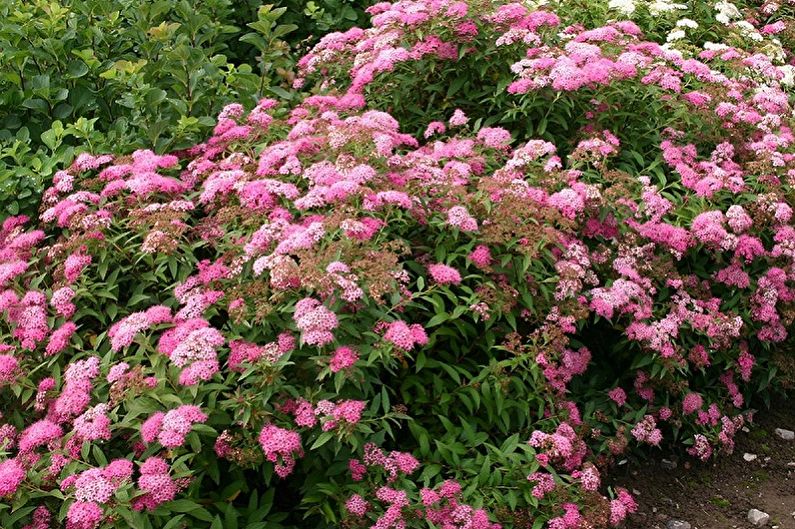
Gold flame
The culture is a fairly powerful, fast-growing shrub up to 1 m high. In addition to summer cottages, it perfectly takes root in the conditions of the city. Not whimsical to climatic conditions. Leaves change their color from the beginning of spring to the end of summer - at first they are red-orange in color, with the beginning of flowering they become deep yellow, and by autumn they acquire a contrasting orange hue.

Spirea Shirobana
This is a truly amazing shrub. During flowering, he puts on colorful paints, as his flowers have different shades - from light pink to purple. Inflorescences in the shape of a heart, which can often be found here, give special originality. The sizes of the rounded bush: in height - 80 cm, in diameter up to 1 m.
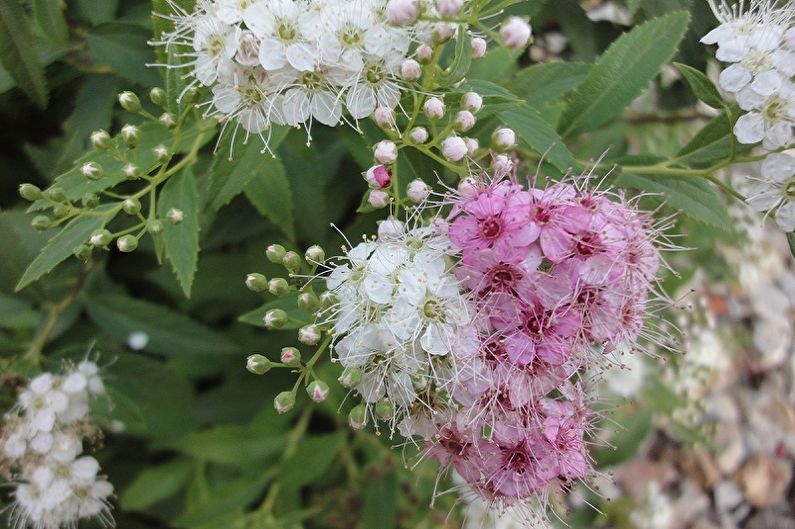
Spirea Crispa
Another worthy decoration of the garden will be an elegant shrub of the spherical shape of Crisp's spirea. It has a very expressive pink and purple color and original scalloped leaves.
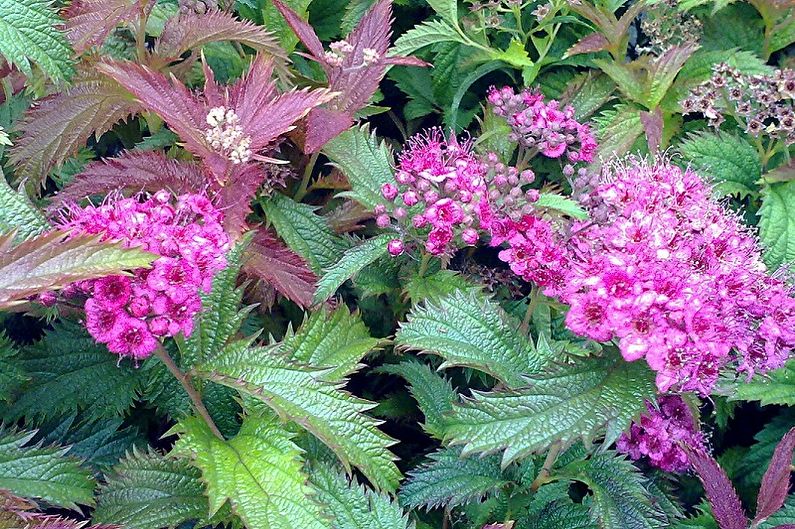
Spirea Wangutta
A chic shrub can grow up to 2 m high, making up an excellent ensemble with coniferous trees on the site. It has a spreading stepped crown shape, due to which it often lands to create shade, for example, near a reservoir. The bush arouses the interest of gardeners also in that it can bloom twice a season - at the beginning of summer and at the end, covered with luxurious white flowers.
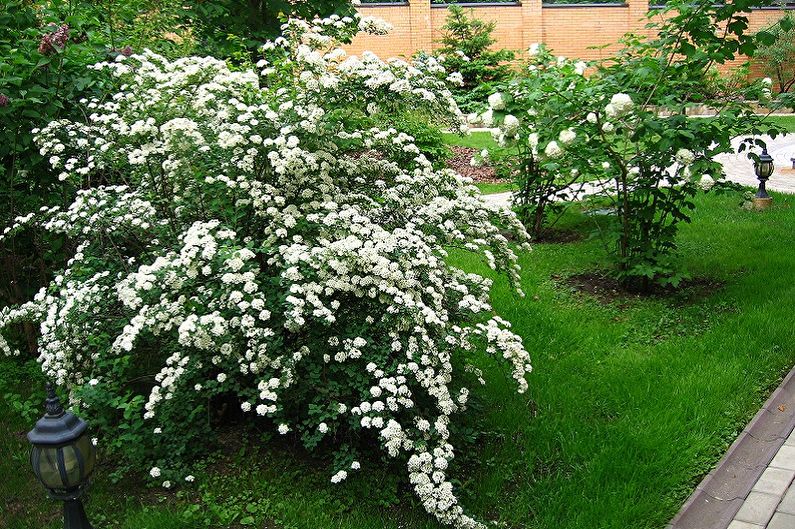
Proper Japanese Spirea Care
Caring for Japanese spirea is not complicated - it is unpretentious and hardy, perfectly survives in various climatic conditions. What she really needs is a pruning, during which she takes on a beautiful shape.Looks great bush in the form of a ball, pyramid, triangle and other figures at the discretion of the owner of the site and the general concept of landscape design. In order to achieve a particularly beautiful lush flowering and growth of culture, it is necessary to adhere to some recommendations.
Lighting
The culture is quite photophilous, and the best place to plant it is on the sunny side. Being in the shade, it will also feel good, but flowering will lose its abundance. To show off lush growth and abundant flowering, the plant should be 3-4 hours a day in direct sunlight.
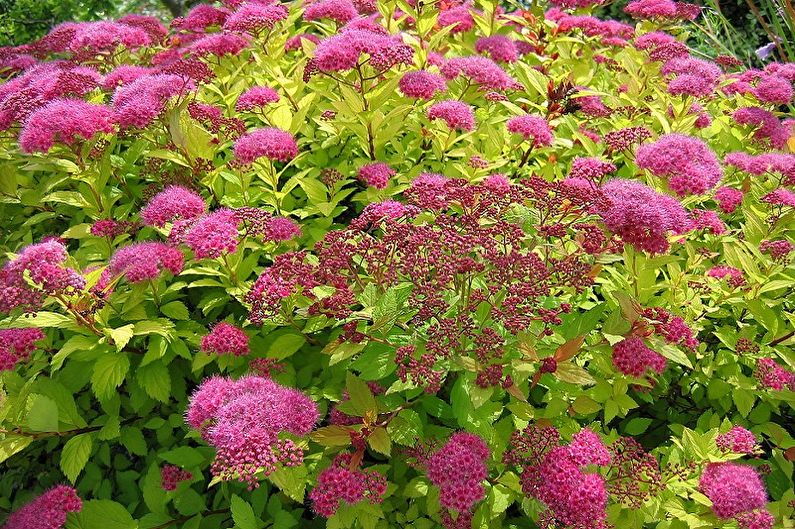

Temperature
Spirea grows in a wide temperature range. It perfectly withstands winter frosts and summer heat. Even if the bush freezes to snow, in the spring, lush shoots will quickly grow back.

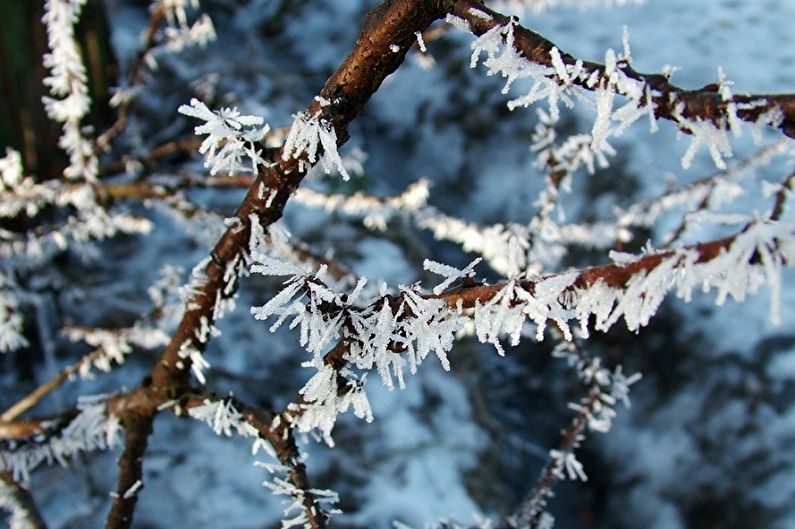
Humidity
Japanese Spirea is a drought tolerant plant. In nature, it can tolerate the absence of rain for a long period of time. The same owners who want to achieve the exceptional beauty of their ward should produce additional moisture in the soil in dry weather. Mulching the soil around the shrub helps to retain moisture for a long period of time.
Culture and waterlogging are not frightening. Often, some varieties adorn the shores of artificial reservoirs in areas, creating an elegant shadow mesh.

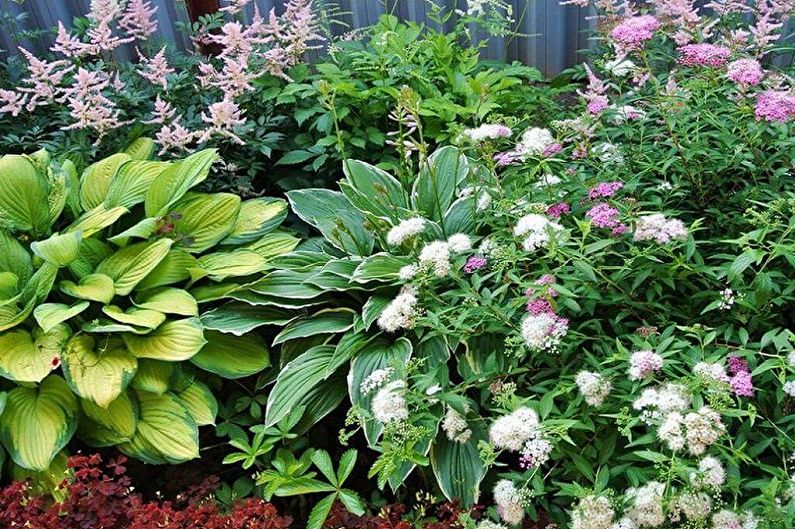
Watering
Although the culture does not apply to those that require a special irrigation system, there are still some recommendations for improving its living conditions. If the plant was planted in the spring, its root system is not yet strong enough, so regular soil moisture is necessary. In the summer, flowering varieties need abundant watering - twice a week each bush is expected to have at least 15 liters of water. Also, young plants planted by the method of cuttings need special additional care - they are watered up to 4 times a day.
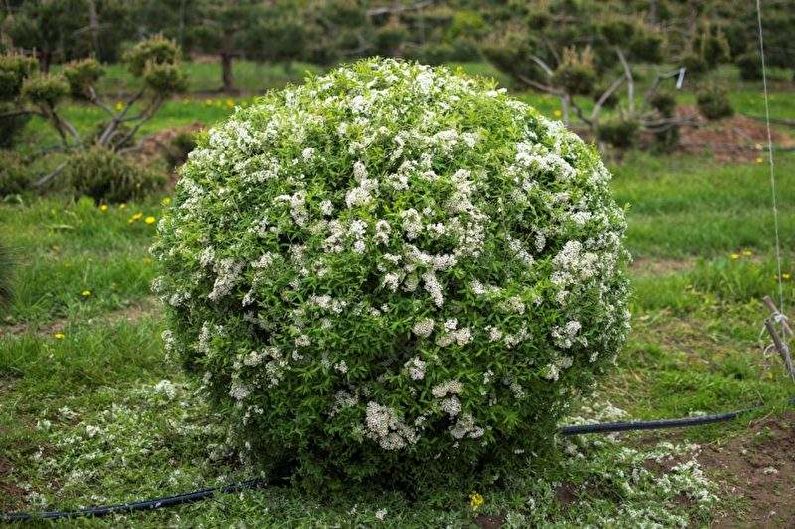
Fertilizers and fertilizing
In the soil base of Japanese spirea, it is recommended to close up the mulch from crushed bark, peat or compost annually. It is also necessary to additionally feed the culture with mineral and organic fertilizers, which are introduced alternately.
Organic form on the basis of bird droppings or manure. The component must be mixed with a small amount of water and let it brew for 10 days, then dilute the resulting concentrate with 10 l of water. Such fertilizers are applied after trimming the bush. Before this, you need to well loosen the ground and pour plenty of water. After only a few hours, a fertilizer infusion is added to the soil. A compact bush will require about half a bucket, and a large one - up to 3 buckets.
Mineral compounds are introduced before the flowering bush. These complex mixtures must be introduced into the soil at the rate of 80–100 g per 1 m2. The area is calculated by the diameter of the crown of the bush.
In mid-summer, you can add additional superphosphate together with a mullein solution at the rate of 10 g of superphosphate per 10 l of infusion.
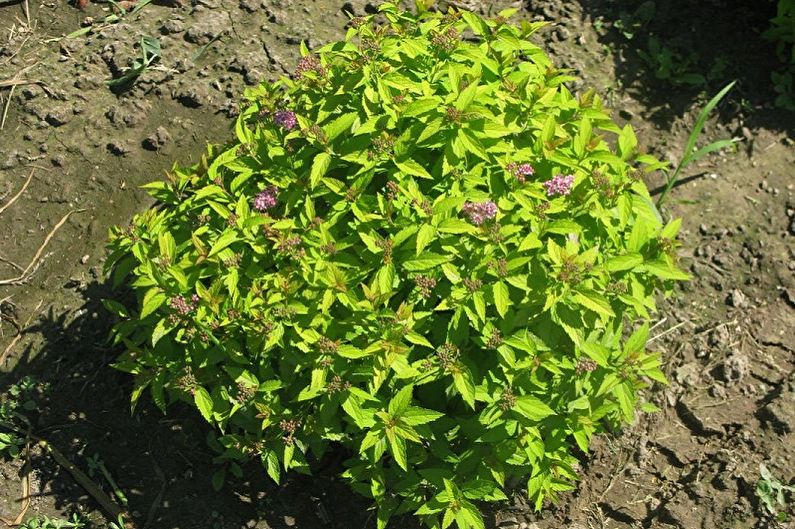

Pests and diseases
Japanese Spirea is quite resistant to disease, which is one of its advantages. But still, certain threats do exist. Ailments such as:
- Gray mold, manifested by an unaesthetic coating. Most often, this fungal infection is the result of excess moisture and activates in wet weather. The treatment is carried out with fungicidal preparations;
- Spotting is also a fungus that is fought with the help of "Fundazole" or Bordeaux mixture.
The most dangerous pests for the culture are a rosette leaflet that literally gnaws greens, aphids, sucking juice from young shoots, and a spider mite that forms holes in inflorescences and damages foliage. In the fight against pests, it is necessary to provide the plant with quality care: loosening the soil, moisturizing, timely top dressing.The Pirimore preparation, which gives an almost 100% result, will help get rid of aphids and leaflets, and the tick is eliminated with the help of Karbofos or Akreks.
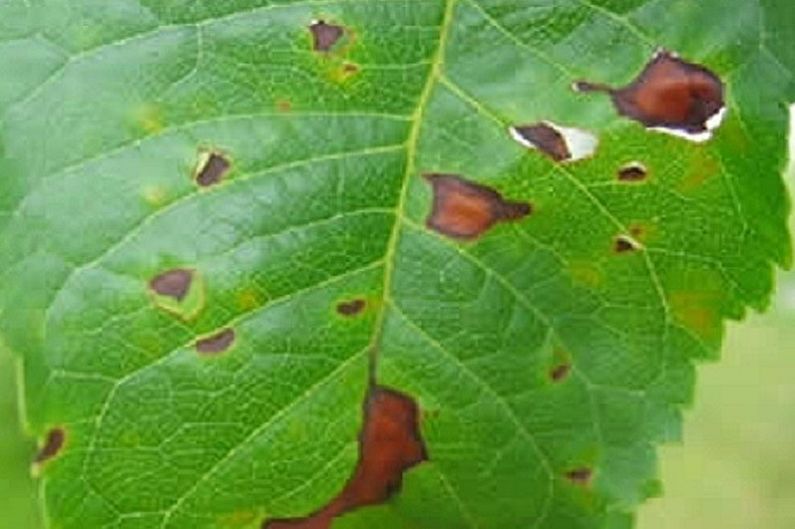

How to transplant Japanese spirea
Transplantation of Japanese spirea is carried out in the autumn, when the foliage begins to change color. It is better to carry out the procedure on a cloudy day. The first thing to do with the transplanted bush is to dig out and cut off all the dried parts, old branches, skeletal branches to a bud on the shoot.
For a new “place of residence”, a pit is excavated, the dimensions of which depend on the size of the root system of the shrub (usually 50x50 cm). Moreover, it is advisable to do this in advance so that the pit has time to dry and ventilate. The bush is planted and sprinkled with a soil mixture with the addition of sand, earth, peat in a ratio of 1: 2: 1. They crush the earth and mulch. Spirea, transplanted in September-October, before the onset of severe frost will have time to grow stronger.

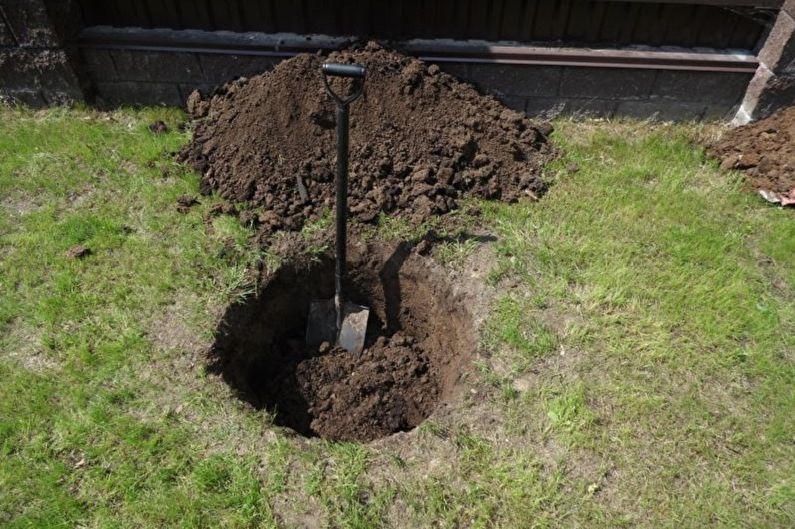
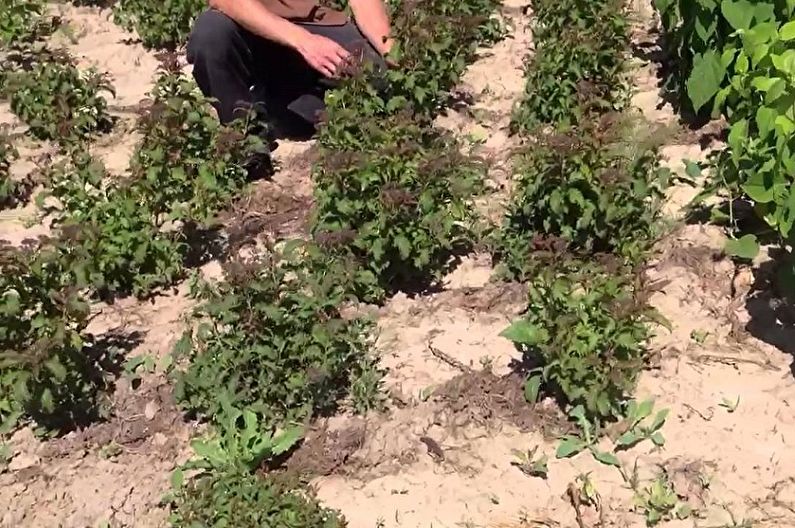
Propagation at home
Japanese spiraea can simply be propagated by dividing a mature bush, carefully decoupling the part from the root and replanting into new soil. There are also three more ways - seeds, layering and cuttings. Using seeds, it is not always possible to cultivate the desired species while maintaining all varietal qualities - this is suitable for species that are not hybrid. But sowing allows you to get not one or more representatives of spirea, but many at once.
Propagation of Japanese Spirea Seeds
Seeds are sown in spring, while using boxes with leafy soil. Top soil should be mulched with peat. The first shoots appear after 10 days, and after three months a strong seedling will form, which can be safely transplanted into the open ground.


Propagation of spirea by Japanese layering
This process must begin in early spring, until the first leaves have blossomed on the bush. The lowest branches of the shrub should be tilted and pressed to the ground, sawed, for example, using wire, and sprinkled. Fixation points should be watered regularly. By the fall, new bushes are forming here.
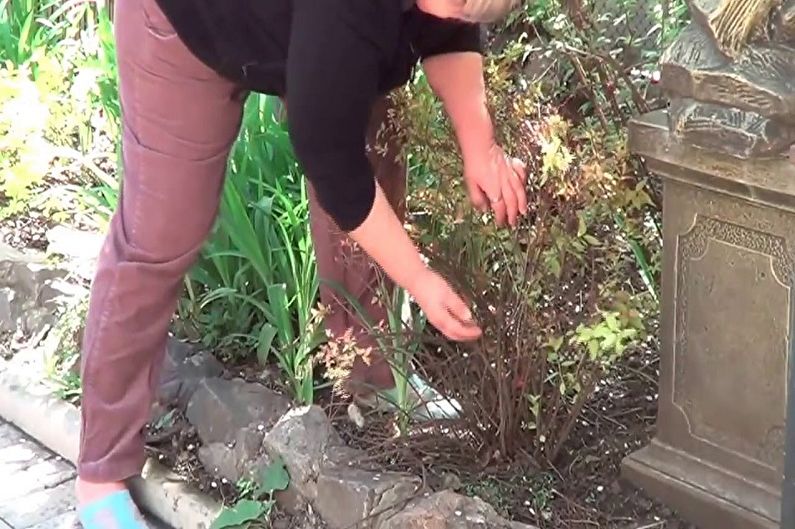
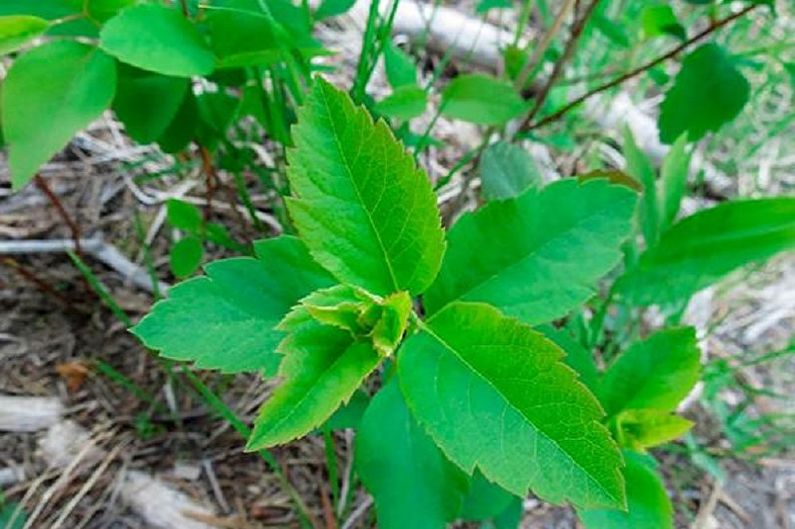
Propagation of Japanese Spirea by Cherenkovanie
This method is applied at the end of June. The direct shoot must be divided into several parts, each of which is planted into the environment from peat and river sand, taken in the same volume. It is important to note that with such a planting, increased humidity is necessary, therefore, watering is mandatory at least four times a day, as well as spraying. In anticipation of the winter period, young cuttings need to be sprinkled with leaves, and in the spring - transplanted to a permanent place.
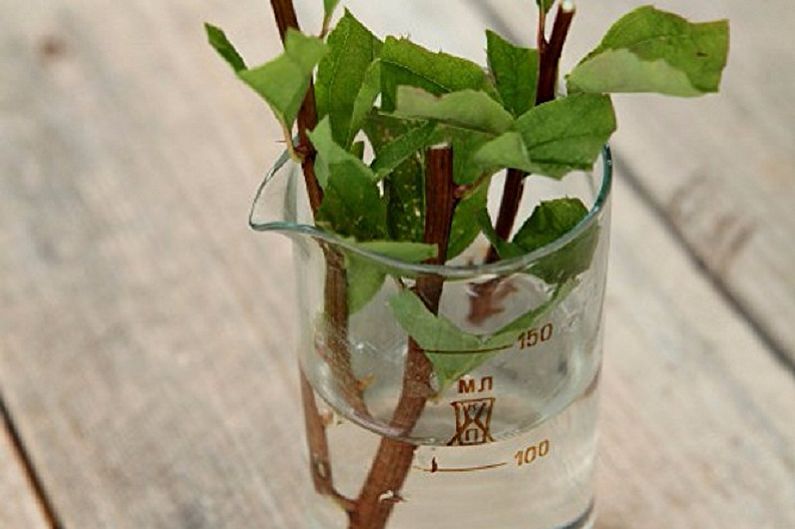
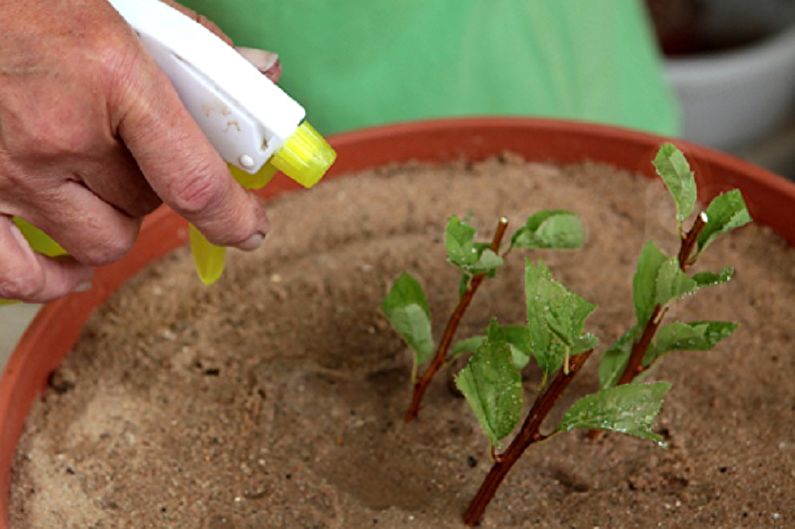
Japanese Spirea - photo
We offer to get acquainted visually with the bright colors and forms of various types of Japanese spirea in our photo gallery. Here are collected the best images demonstrating the stunning aesthetic data of the plant, as well as examples of how shrubs of different sizes and shapes can be used in various types of plantings. After viewing the photo, you can easily design your luxurious landscape design.

